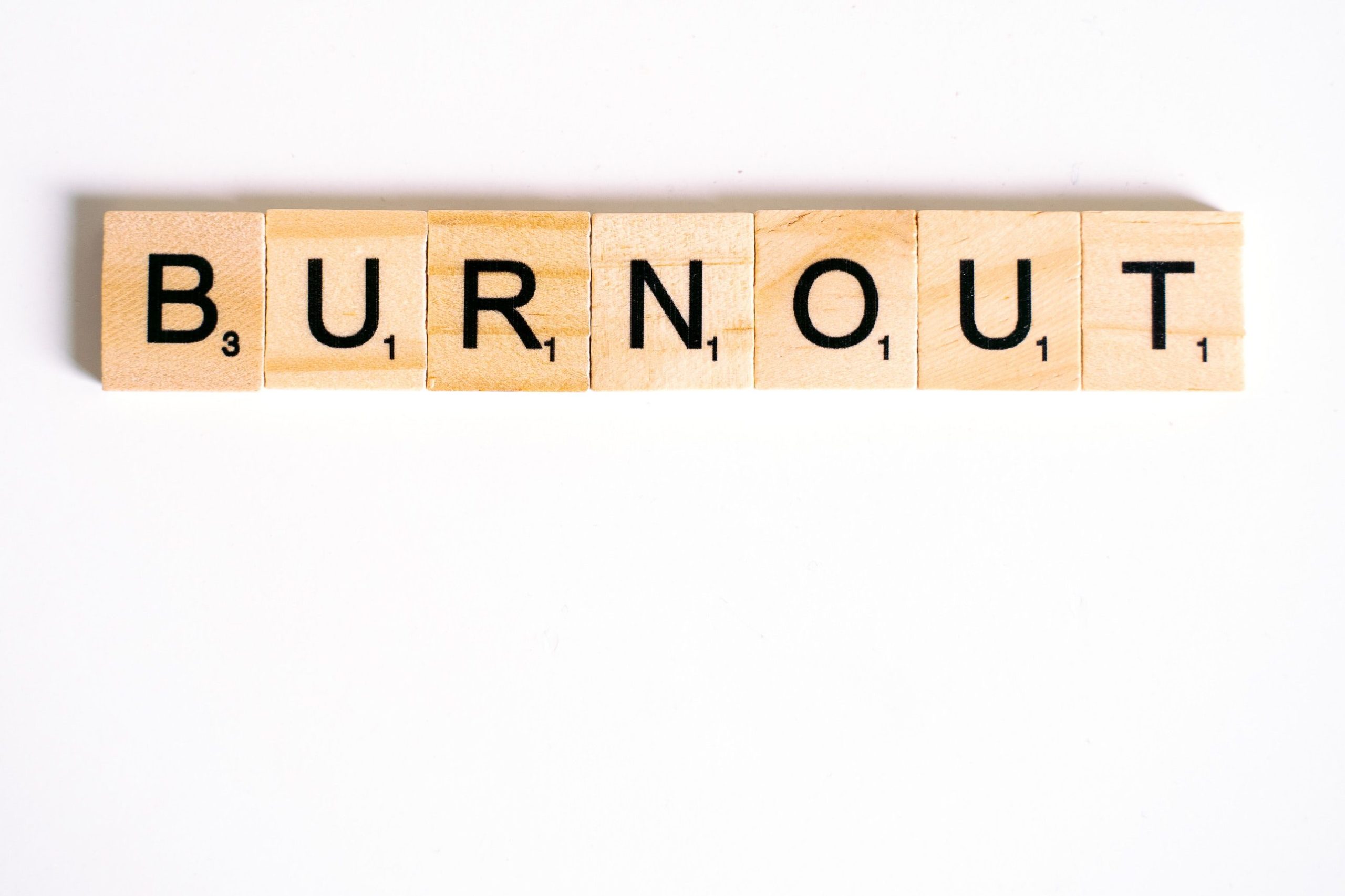
We’re all aware of the importance of exercise in maintaining our physical health. However, its profound effect on mental wellbeing often goes unnoticed. Studies show that regular physical activity can reduce stress, anxiety, and depression. That’s because when you exercise, your brain releases endorphins—those feel-good signals that act as natural mood lifters. And if you needed another reason to lace up those gym shoes, consider that physical activity also promotes better sleep, heightens cognitive function, and enhances self-esteem, all culminating in a healthier, happier you.
Looking for ways to experience that mind-body connection? Here are some tips to kickstarting a fitness routine that will boost your total wellbeing in no time.

Starting Small: Baby Steps Toward a Healthier Mind
Embarking on a new exercise routine can feel daunting, especially if you’re not accustomed to being active. But remember: every journey begins with a single step. Start small by incorporating short bursts of activity into your day. Take the stairs at work instead of the elevator, go for a brisk walk during your lunch break, or try out a beginner’s yoga class. The key is to find activities that you enjoy and that fit into your lifestyle. By gradually building up your exercise routine, you’ll soon reap the mental rewards of your efforts.
Community Connection: Finding Support in Movement
Exercise doesn’t have to be a solo endeavor. In fact, joining a fitness class or a recreational sports team can amplify exercise’s mental health benefits by providing a sense of camaraderie and belonging. Many workplaces sponsor recreational sports leagues, such as volleyball or kickball, that their employees can join. Surrounding yourself with like-minded individuals who share your passion for movement can be incredibly motivating and uplifting. Whether you’re high fiving your workout buddy after a challenging gym session or sharing post-exercise endorphin highs with your teammates, the sense of community that comes with group exercise can be a powerful antidote to feelings of isolation or loneliness.
Finding Your Sweat Therapy
So what’s the best kind of exercise? The one you’ll actually do! Explore different activities and find the one that works for your lifestyle and preferences. Love channeling your inner calm? Give yoga or Pilates a try. Need to blow off some steam? Kickboxing might be your jam. Are you a nature enthusiast? Maybe hiking or kayaking is the thing for you. The key is to find an activity that resonates with you and moves your body in a way that feels enjoyable. To turn up the fun factor even more, create an upbeat playlist to instantly make any workout more invigorating.

Establish a Routine That Sticks
While the mental health perks of exercise are compelling, consistency is key to reaping the benefits long-term. Aim to incorporate physical activity into your weekly routine, whether it’s a daily walk after work, weekend hikes, or dance parties with your kids in the living room. Setting a recurring schedule makes it more likely that exercise will become an ingrained habit. Lay out your workout clothes or pack your gym bag the night before to remove any barriers in the morning. Recruit a friend or family member to join the fun—having an accountability partner can make a world of difference.
As you dive into your exercise journey, remember: progress over perfection. Some days you might crave an intense sweat session, while other days, simply moving your body mindfully is good enough. Exercise is about much more than burning calories or clocking time at the gym. The goal isn’t to push yourself to exhaustion, but rather, to foster a lifestyle of joyful movement that you look forward to. Over time, this self-care ritual will become second nature.
Whether you’re seeking stress relief, a mood boost, or simply a way to quiet your mind, exercise offers a holistic path to improved mental wellbeing. So get ready to incorporate exercise into your routine and move your way to a healthier version of you.

April is National Stress Awareness Month—the perfect reminder to pause, take a deep breath, and tune into your total wellbeing. But let’s face it: every month deserves a healthy dose of mental health TLC. Cultivating an attitude of gratitude is one way to combat stress and roll with life’s inevitable punches.
Here are some tips for developing a sustainable gratitude practice that will have you feeling cool, calm, and collected in no time.

The Importance of Gratitude
Life can throw us curveballs left and right, making stress an all-too-common byproduct of our daily routines. But gratitude can be your secret weapon against the chaos. Research shows that regularly acknowledging the good stuff—even the little things—can significantly reduce stress levels and boost overall happiness. Not only does pausing to say “thank you” help us navigate rough patches with resilience, but it also enhances our relationships, promotes a more positive outlook, and can even give our physical health a boost.
Getting Started: Baby Steps
Feeling a bit overwhelmed by the idea of a gratitude practice? It doesn’t have to be complicated. Start small by incorporating gratitude into your existing routine. That could mean kicking off your morning by jotting down three things you’re grateful for in a journal—maybe it’s the warmth of the sun on your face, a cozy bed to wake up in, or the smell of freshly brewed coffee. No matter how seemingly insignificant, starting your day with a dose of gratitude sets the tone for positivity.
Mindful Moments: Pause and Appreciate
In the hustle and bustle of life, it can be easy to get swept away by stress and overlook the little joys around us. Periodically pause throughout your day to tune into the here and now. Take a deep breath, look around, and notice the small things that bring you joy. Whether it’s a heartfelt conversation with a friend, a delicious meal shared with loved ones, or a peaceful moment spent in nature, practicing mindfulness allows gratitude to naturally follow suit.

Spread the Love: Share Your Gratitude
Gratitude is like a boomerang—it comes back to you twofold when you express it to others. Take a moment to share your appreciation for the special people in your life. Who are three individuals you’re grateful for today? Reach out with a thoughtful text, give them a call, or simply check in and let them know how much they mean to you. Remember: spreading gratitude not only lifts up others, it also fills your own cup.
Gratitude on the Go: Incorporating It Everywhere
Who says gratitude must be limited to your journal or meditation practice? Get creative and find ways to sprinkle it into every aspect of your day. Turn your commute into a gratitude session by reflecting on the blessings you encountered. Create a “gratitude jar” at work and encourage colleagues to join you in jotting down moments of appreciation. Involve your kids by starting a nightly tradition at the dinner table where each family member shares one good thing that happened to them that day. Not only does this foster a sense of gratitude, but it also creates precious bonding moments.
You don’t need fancy tools or apps to cultivate gratitude (although those can be handy!). Whether you’re scribbling in a notebook, typing notes on your phone, or simply taking a mental picture, gratitude is accessible to everyone.
Final Thoughts: Keep Calm and Gratitude On
Gratitude can be an effective tool in your self-care toolkit when facing life’s inevitable ups and downs. During National Stress Awareness Month (and every month!), make it a priority to bring more gratitude into your life. Remember, even on the stormiest of days, there’s always something—however small—worthy of appreciation.
If stress ever feels overwhelming, don’t hesitate to reach out for extra support. Whether through therapy, meditation, or leaning on loved ones, you have a wide circle of care surrounding you.
Simple steps that you can take every day to live a healthier, more balanced life
Burnout is a common term that you have most likely heard of and maybe even used to describe feelings of fatigue and being overwhelmed. Although burnout isn’t a formal mental health diagnosis, it’s been defined as mental and physical exhaustion related to working in the human service and healthcare fields. Today, however, burnout has been expanded to include all types of occupations, as well as other social roles such as being a parent, a spouse, and a caregiver.
Burnout and COVID-19
Burnout is characterized as a state of mental and physical exhaustion and is defined as a psychological problem that is a result of experiencing prolonged and chronic stress in a position or role. Recognizing the common symptoms of burnout can help you determine if you are experiencing this condition. Indicators of burnout include avoidance of following through with your usual responsibilities, chronically feeling as if you are ineffective in completing daily tasks, as well as persistent feelings of fatigue and exhaustion.
There is no denying that COVID-19 has changed our lives.
Studies show increased rates of burnout, particularly among healthcare workers. This is no surprise considering the demands that COVID has placed on our frontline workers. Doctors, nurses, and female healthcare workers seem to report higher levels of burnout.
The demands of COVID have also placed increased pressure and stress on other professions and social roles. Working from home has been a challenge to many who are having difficulty creating boundaries and quickly evolving workflows. Teachers have had to re-invent themselves instantaneously. Parents have had to adapt to adding teachers and tutors to their traditional parenting roles, while in many cases also adding daytime caregivers to their already established responsibilities. Store clerks, business owners, delivery drivers, and warehouse workers have had to continue to show up to work despite feelings of fear, desperation, or other emotions. It is safe to assume that anyone is at-risk for COVID burnout due to the significant changes and stress it has brought to our daily lives
How to Avoid Burnout
As with any mental or physical problem, the sooner you notice it and address it, the better off you’ll be. Burnout is no exception. Whether you have been experiencing burnout for several weeks or months, or you just started noticing symptoms a few days ago, there are things you can do to help reduce and avoid future burnout.
Here are 7 simple steps that you can take to help avoid burnout and live a healthier, more balanced life.
1. Eating a healthy, well-balanced diet.
To keep your diet on the right track, prep healthy foods ahead of time so that when hunger strikes, you have nutritious options ready and available. We all know what it feels like to be starving in the middle of the day and reach for a bag of chips when we had every intention of making a salad. Have the salad and other healthy options ready to go so that you can empower yourself to make a healthy choice.
2. Exercising regularly.
If you are finding it difficult to start an exercise routine, you are not alone. Start small. Commit five to 10 minutes a day of physical exercise in some form. That can be walking, stretching, or doing yoga. Many of these activities can be done while watching your favorite TV show or listening to a podcast.
3. Making time for self-reflection.
Self-reflection is about tuning into your inner thoughts and feelings. That can mean making time for journaling or meditating.
4. Maintaining healthy sleep hygiene and getting adequate sleep.
Make it a point to go to bed around the same time each night. Also, follow a regular sleep routine to help prepare you for sleep which can include taking a shower, washing your face, brushing your teeth, and reading.
5. Engaging in a pleasant activity every day, such as crafting, gaming, or reading.
Having something to look forward to can help you maintain a healthy mood and act as a preventative factor for stress and burnout. All work and no play doesn’t make anyone happy!
6. Strengthening your support system by spending quality time with family members and friends.
A healthy support system can be a key factor in effectively managing stress and burnout. Spend time with people who you love and trust and feel comfortable around.
7. Re-evaluating personal and professional goals regularly.
Create a goal for yourself that is important to you and focus your attention on it when you feel an increase in stress and burnout. Once you have achieved that goal, set another one; if you haven’t achieved your goal, re-evaluate the timeline of your goal and whether it is reasonable to your current circumstances.
Finally, take breaks throughout your day, and don’t hesitate to ask for help when you need it. If COVID has taught us anything, it’s that we are all in this together, and we made it through a remarkably difficult time by relying on each other and working together. We all need help and support.
If you’re experiencing signs of burnout, you may also want to try Valera Health’s therapy and psychiatric services. Our dedicated coaches, therapists, and psychiatrists will provide a comprehensive treatment plan tailored to your specific needs. Get started today and request a consultation online.
Sources:
- https://www.ncbi.nlm.nih.gov/pmc/articles/PMC4911781/
- https://www.ncbi.nlm.nih.gov/pmc/articles/PMC7519601/
- https://inside.ewu.edu/calelearning/psychological-skills/preventing-burnout/

































